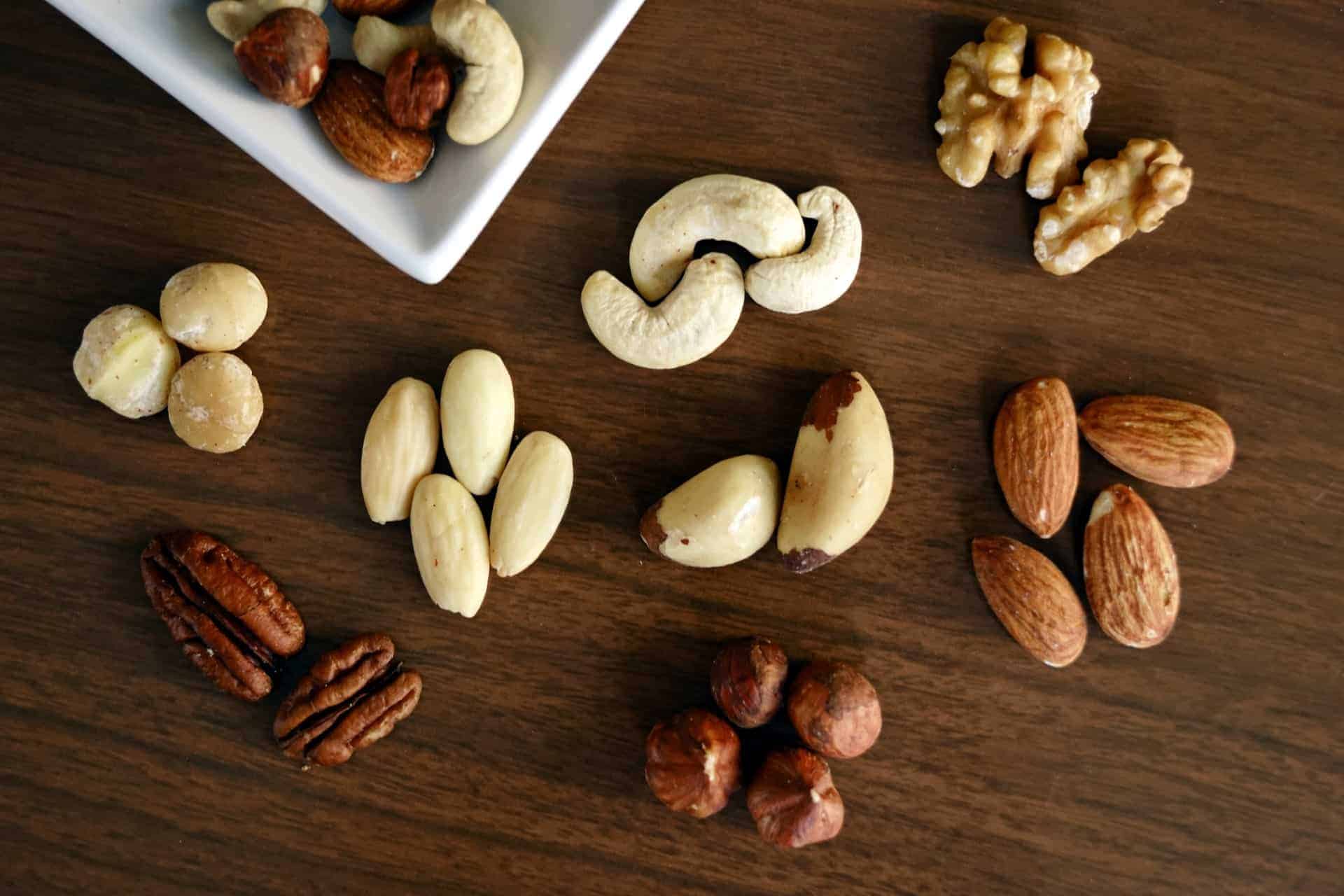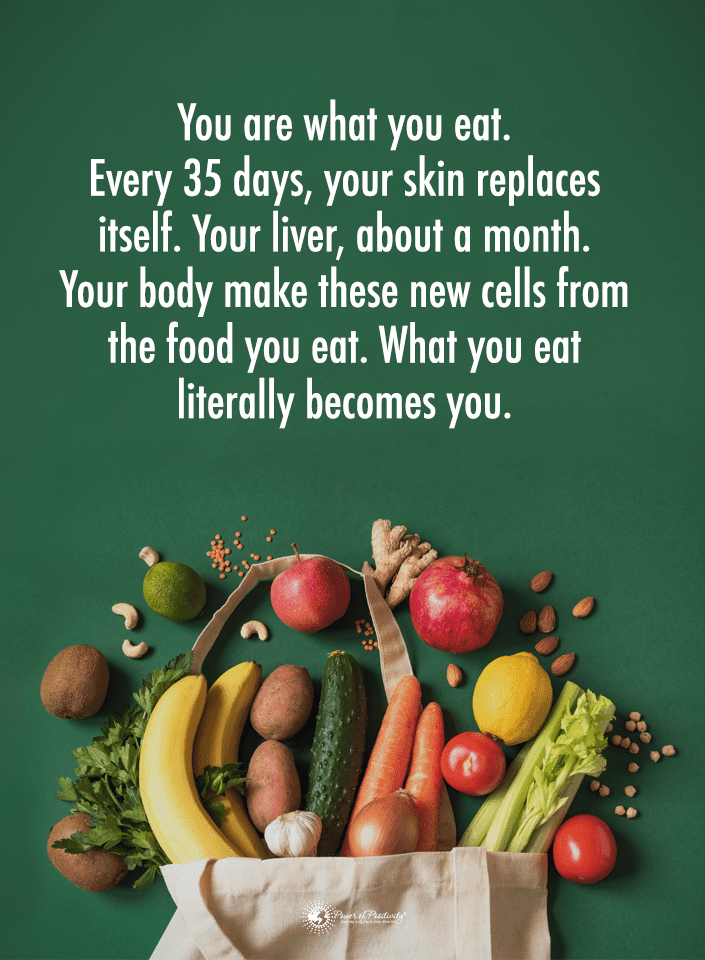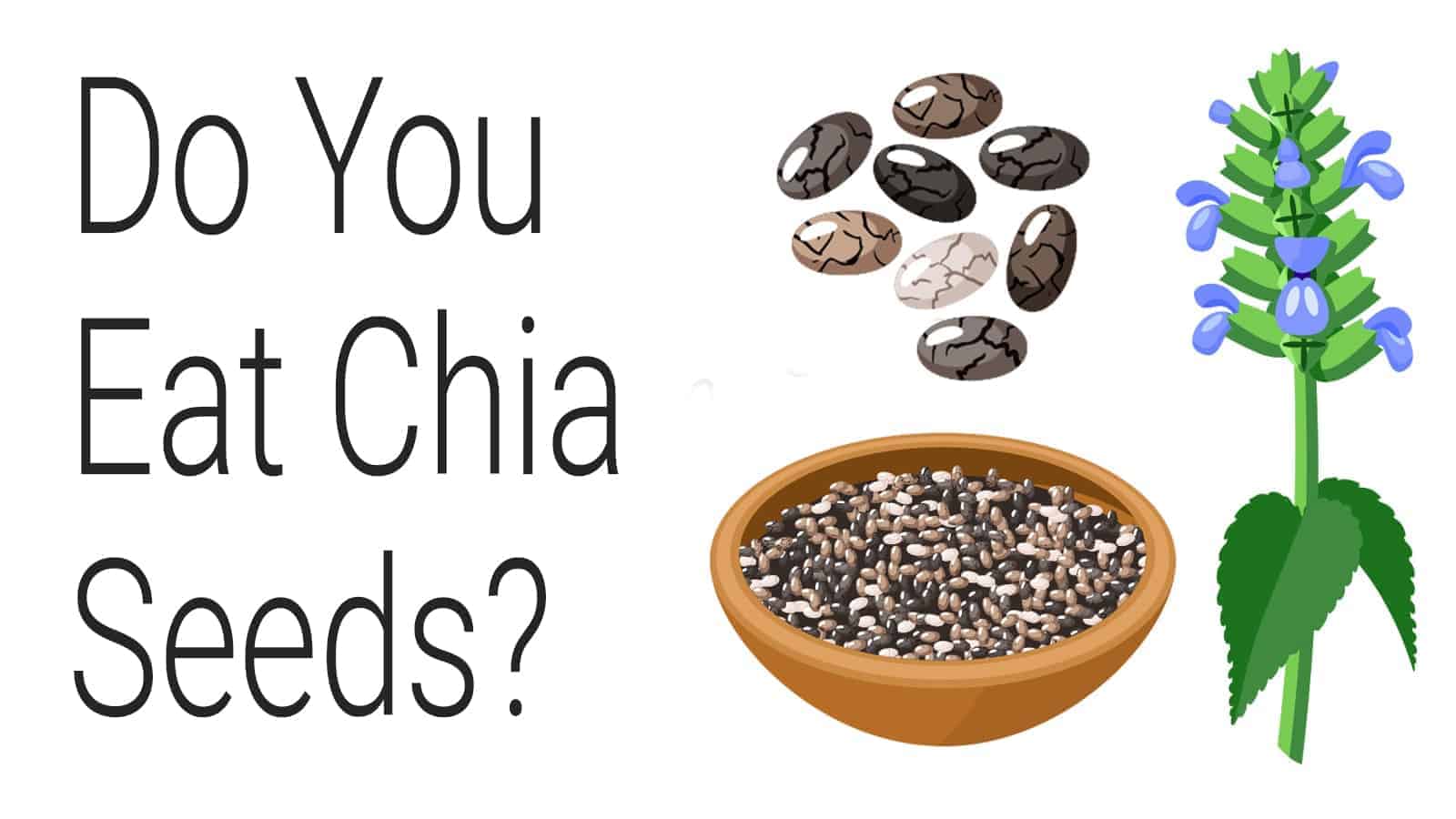When we think of healthy foods, nuts aren’t always at the top of the list—but they should be. These superfoods are one of the healthiest choices we can add to our diet.
One of the best sources for protein and fat, the nut can do more for our diet than most of us realize.
Learning About Nuts Benefits
Your favorite nut is far more than a snack to help one satiate their hunger–it’s a life saver. Often considered in the same class as a nut, seeds are also a healthy source for fats and protein.
Both seeds and nuts are also full of fiber, vitamins E and B. These superfoods should be a staple in all of our diets. With all the nutrients and vitamins contained in this food, individuals that eat them almost daily will be able to manage their high cholesterol, blood pressure, heart disease, diabetes, obesity, osteoporosis, dementia, and similar conditions.
Read on to learn all the details about 10 of the best nut choices you should eat to have a heart healthier diet.
1. Almonds
While almonds have long since been considered one of the more popular nut choices in the world, almonds are technically seeds from the almond tree. Off-white and covered in brown skin, sweet almonds are the edible kind while almond oil is made from bitter almonds.
Oval-shaped and full of nutrients like magnesium, zinc, calcium, protein, and fiber, these almonds also are high in selenium, vitamin E, and antioxidants. Additionally, these almonds are a great source for healthy monounsaturated fats—the type of fats found in olive oil.
Consuming almonds on a regular basis will work to lower cholesterol, boost brain power, improve cardiovascular health, prevent right defects, strengthen bones, and fight constipation. Similarly, almonds help to reduce one’s risk of developing Type 2 diabetes.
In terms of beauty benefits, almonds can help to improve the condition of your skin and hair.
To take advance of these benefits, eat a handful of almonds each day. Whether you eat these almonds roasted or raw, you’ll get the nutrients and vitamins that are packed in this superfood. Feel free to try almond milk, butter, and flour to get the full impact of almond benefits.
2. Flaxseeds
Flax seeds have gained a lot of popularity in recent years. When adding flaxseeds to your diet, you’ll find that there are two main varieties available in stores: yellow and brown.
These flax seeds are flat, smooth, and glossy with a sweet taste. Flaxseeds are rich in lignans, fiber, and alpha-linolenic acid. They are also high in copper, zinc, phytochemicals, selenium, phosphorous, magnesium, manganese, B vitamins, and protein.
Even with all of the flaxseeds other benefits, most people use flax seeds for their high fiber content. This fiber promotes healthy bowel function and works to suppress the appetite and support with weight loss.
In addition to the aforementioned benefits, flaxseeds can ease premenstrual syndrome symptoms, reduce one’s risk of cancer, lower cholesterol, stabilize blood sugar, and can also help to maintain hair and skin health.
3. Pumpkin Seeds
Again, pumpkin seed isn’t exactly a nut, but these seeds have some of the same nut benefits.
Rich in B vitamins and proteins like thiamin, niacin, riboflavin, folate, and B6, pumpkin seeds contain phytosterols like sitostanol, avenasterol, and beta-sitosterol. Additionally, pumpkin seeds tend to be lower in fat when compared to other seeds and nut-like foods.
Regularly consuming pumpkin seeds can lower bad cholesterol, fight depression, reduce anxiety, control blood sugar, heal arthritis pain, improve heart health, reduce the risk of cancer, and support prostate health.
Pumpkin seeds also help to support skin, hair and eye health. Take in the benefits of pumpkin seeds by eating a handful on a regular basis. Similarly, you can sprinkle them into cereals, smoothies, soups, and salads.
4. Walnuts
Walnuts are the edible kernels of the Jutland tree. Technically a fruit, walnuts are high in protein, omega-3 fats, vitamin E and other nutrients like copper, manganese, B vitamins, Amino acids, potassium, selenium, calcium, magnesium, biotin, and zinc.
Consuming walnuts regularly will help reduce breast and prostate cancer, lower blood pressure, aid with weight control, manage diabetes, boost brain health, and improve cholesterol.
When fitting walnuts into your regular diet, try eating one ounce a day or seven shelled walnuts. You can easily get your fill of walnuts by eating them by themselves as a daily snack or adding them into other meals like smoothies and soups.
5. Sesame Seeds
Not quite a nut, the sesame seed has the same crunchy nuttiness of our favorite superfoods. These seeds are red, black, yellow, or white. Used predominantly for their oil, sesame seeds themselves contain a powerful amount of nutrients.
Thinking of adding sesame seeds to your diet? You’ll benefit from the calcium, magnesium, copper, manganese, B vitamins, phosphorous, folate, niacin, fiber, and zinc. Additionally, sesame seeds contain sesamol and sesamin.
Use sesame seeds to lower blood pressure, reduce cholesterol, promote bone health, reduce PMS symptoms, and protect your liver. The prolonged consumption of sesame seeds has also shown that this superfood prevents the likes of migraines, asthma, arthritis, cancer, and osteoporosis.
Add sesame seeds to your diet by eating three tablespoons of these seeds a day. In addition to eating them raw, you can easily bake them into loaves of bread, cookies, and other similar baked goods. As you eat more sesame seeds regularly, be sure to avoid excessive consumption as this can trigger IBS and migraines.
6. Chia Seeds
Chia seeds are white, black, gray, and brown and tend to have the same benefits of your favorite nut. These seeds are high in iron, protein, vitamin C, potassium, magnesium, phosphorus, and calcium. Additionally, these seeds are rich in omega-3fatty acids.
Consuming chia seeds regularly will help to reduce joint pain, aid in weight loss, boost your energy levels, improve brain health, fight arthritis, reduce depression, protect against diabetes, reduce heart disease, and keep your digestive system healthier.
Experts recommend a serving size of 1 – 2 tablespoons of chia seeds daily. When eating chia seeds, take note that you shouldn’t consume them in their raw form. As these seeds expand significantly, they should be mixed in a large amount of liquid.
7. Sunflower Seeds
Sunflower seeds are a favorite among all of us nut-lovers. The sunflower contains hundreds of edible seeds that are high in vitamin E, B vitamins, zinc, selenium, folate, zinc, calcium, protein, phosphorus, potassium, magnesium, fiber, and healthy fats.
Regularly eating sunflower seeds will help to prevent migraines, lower blood pressure, reduce asthma effects, lower cholesterol, calm the nerves, and reduce arthritis pain. Similarly, eating sunflowers over time can prevent cancer and heart disease, as well as reduce the risk of strokes and heart attacks.
Stick to a serving size of a ¼ cup daily as a healthy snack or as a creative garnish on dishes.
8. Cashews
Cashews are another popular nut choice, though they themselves aren’t in the nut family. These seeds are collected from the cashew apple and are the fruit of this tree.
Crunchy and sweet in taste, cashews are also an excellent source of magnesium, copper, zinc potassium, biotin, protein, iron, folate, and vitamins E, K, and A.
Low in sodium and containing high amounts of fiber and folic acid, cashews are a feat source of monounsaturated fats.
Eat a handful of cashews in their raw form on a daily basis.
9. Brazil Nuts Benefits
Another seed disguised as a nut, the Brazil nut comes from Bertholletia excelsa trees.
Covered in large shells, these seeds resemble coconut. Rich in selenium, protein, vitamin E, fiber, B vitamins, iron, zinc, calcium, niacin, and copper, these seeds help prevent breast cancer, liver disease, and heart disease.
Take advantage of all the benefits of Brazil nut by eating one or two every day.
10. Pine Nuts Benefits
Used mostly in culinary dishes, the pine nut is the edible fruit of the pine tree.
These nuts are sweet in taste and contain 70% of the body’s required daily intake of amino acids and vitamins E, D, B, and A.
Additionally, the pine nut’s concentration of folic acid is the highest in the nut family. Additionally, the pine nut contains iron, manganese, magnesium, zinc, calcium, fiber, and potassium.

Final Thoughts on Nuts Benefits
There are a wide variety of nuts in the world. As you learn more about nuts, find new ways to incorporate them into your regular diet. The more you eat these nuts regularly, the greater the impact the benefits will have on you.
Start your new nut journey by eating your way through this list of 10 popular nuts. As you get used to snacking on this superfood every day, you’ll see your health improve over time.





















